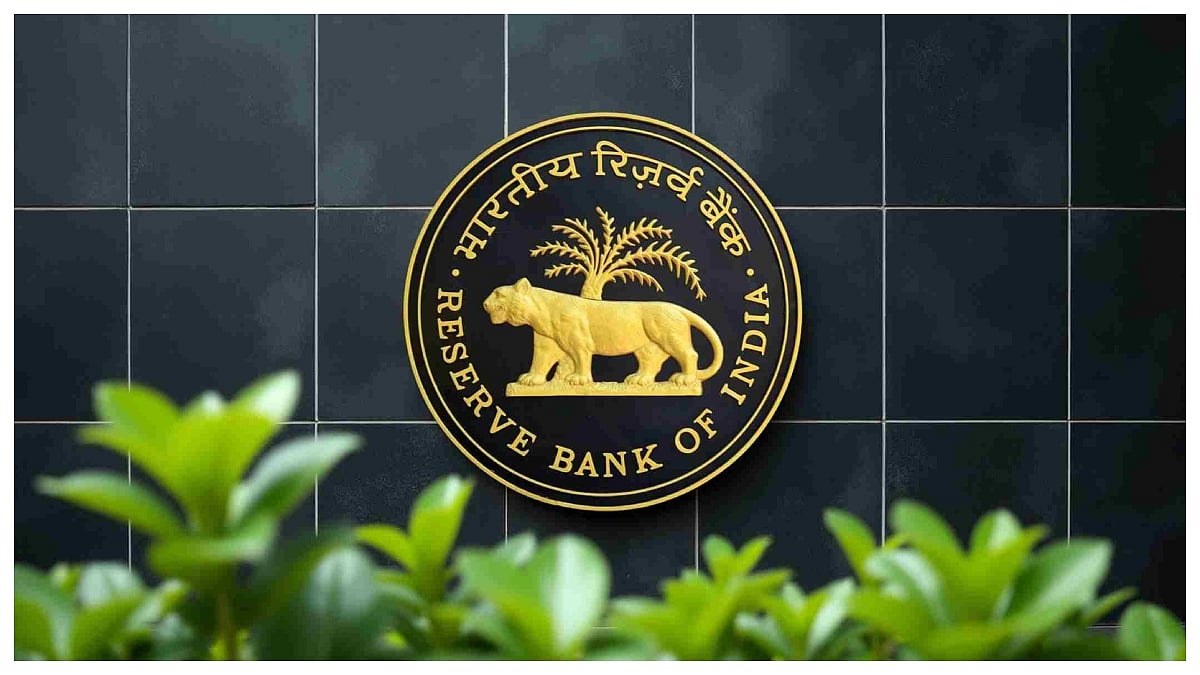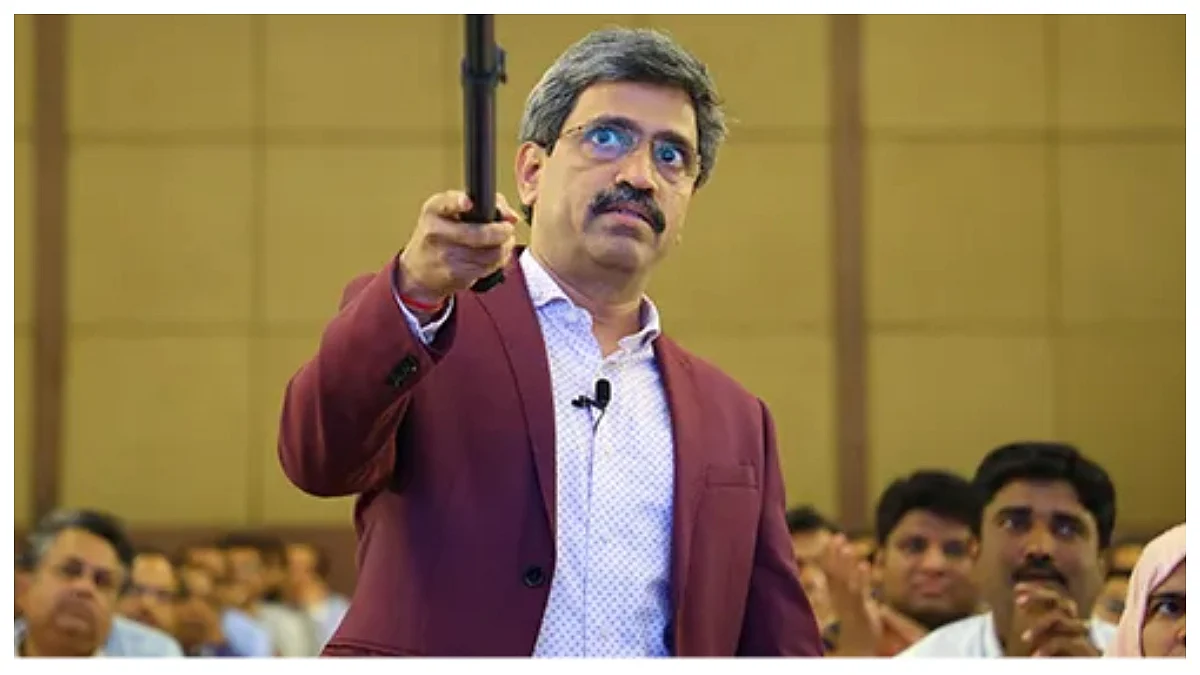The Dutch multinational company, East-West Seeds, came to India in 2003. Today, it is among the top six seed companies in India. However, it aspires to be among the top three in the next two years, says Dilip Rajan, Managing Director, East-West Seeds India.
He believes that the current pandemic has given agriculture an extra push. With agriculture taking centre stage, Rajan feels things will get much better for the sector. He believes that the change India saw in manufacturing post-1991, is the change you could see in agriculture post-COVID-19. Rajan, who made a successful transition from pharma to farming, is convinced that technology, especially around supply chain, is the way forward for this sector. Rajan in a conversation with the Free Press Journal’s Jescilia Karayamparambil and RN Bhaskar spoke about the challenges and opportunities in agriculture.
Edited excerpts:
Can you explain the reason for choosing Bangalore and Aurangabad to set up offices?
We are an Aurangabad-based company. This is because my predecessor, who was the founding general manager, set up the company there as it was close to seed growers.
During the expansion mode, we wanted to attract the best talent to our company. Thus, we set up offices in Bangalore and other regions (other than Aurangabad). We decentralised our operations.
Meanwhile, our seed growers are based mainly in two regions of India — Maharashtra and Karnataka.
Considering Maharashtra is a drought-prone area, have you not been affected with that?
In Maharashtra, we are growing the seeds in the Jalna area which is slightly insulated (from droughts). Thus, we have managed to grow seeds despite environmental stress.
It takes many years to train the farmers to actually produce seeds. It is different from regular farming. But they have gained those fine skills — hand-to-hand pollination, certain procedures that have to be followed etc. Such skills help in tackling drought and its allied impacts.
Do you import more seeds to India or export?
One-third of the seeds that are produced in India are exported to other countries. But we also import seeds for Indian needs. Our goal is to become the seed hub for our company worldwide. We hope to be forex positive within the next three years.
More seed means more support to small-land-holding farmers. If handled well, vegetable production can be much more profitable than say paddy cultivation, especially for small and marginal farmers.
Are there standards for the seeds business?
There are standard operating procedures that we observe in East-West Seeds, and international standards set by ISF (International Seed Federation) and APSA (Asia Pacific Seed Association). So, I would say the standards are globally aligned and locally relevant.
Tell us about the R&D that your company conducts.
India is a large country with several agro-climatic conditions. It is a country with varied languages and food habits. So for such a country, we need to have products that suit the taste, palate and requirement of the customers.
Our approach towards breeding is highly-specific. That means I cannot offer just one variety of tomato across India.
We work in local regions and look for clusters where we can test the product that can be sold across that specific region.
We work closely with Indian universities like Indian Institute of Horticultural Research, AVRDC (Asian Vegetable Research and Development Center), Tamil Nadu Agricultural University among others. Through R&D, we get disease-resistant seeds.
In India, we sell about 32 different crops with about 173 varieties. For instance, the tomato seed that is bred for Bangalore for local consumption will be different from that which may have to be transported all the way from Karnataka to West Bengal. We then offer seeds that increase the lifespan of the perishable product.
Again, while we don’t sell Okra seeds globally, we produce them in India. It is a major vegetable here. We have active breeding programmes in India for this crop. But while Indians like Okra with more mucilage (the sticky fluid inside), in the southern part of the African continent the demand is for Okra with lower level of mucilage.
So, the crops are bred based on consumer preference in specific regions. It takes six to eight years to launch a new product into the market as the breeder has to find the right combination.
We also try to understand what is happening in the marketplace and our scientists are constantly looking for any diseases that are impacting the crop, soil stresses, etc. These inputs help us improve our seeds.
What is this concept of personalised vegetables?
We have seen a shift from the joint family system to the nuclear family. About 80 per cent of people in urban India live in nuclear families. So, their consumption in terms of quantity is much smaller. We understood this which is why we decided to look at breeding smaller versions of some vegetables like snake gourd and pumpkins. We launched the first small snake gourd in Coimbatore. This got a good response. We grow pumpkins that can fit inside a refrigerator. Conventionally, most pumpkins are very large.
To grow seeds you go in for contract farming. Do you face any problem in farmers reneging on their contractual obligations?
While most farmers respect the contract, it is usually the intermediaries that dishonour the contract.
Our bigger problem is getting farmers to respect intellectual property (IP) rights. It takes many years to produce a particular strain of seed. This issue of IP is not limited to India alone. But, we have tried to work within the confines of Indian conventions, and have often succeeded because we work with farmers with whom we have built a relationship over several years.
How many growers do you train?
In terms of the impact we have, we train 10,000-20,000 farmers on an average every year. We would like to take that to 30,000-35,000 this year. By 2024, we would like to take that number to 1 lakh.
What is your presence like in India?
While we are among the top ten seed companies in the world, we are among the top six companies in India. By 2022, we will be among the top three seed companies in India.
Around the world, we employee 5,000 people, meanwhile, in India we employ around 1,200 people. We have five R&D facilities in India and three satellite stations to test different varieties. We have production units in two places in India.
We have been here in India for 17 years and within the next couple of years, this will be our largest production centre globally. We aspire to contribute one-third of the company's revenues globally. So, India is critical for us.
While, earlier, our CAGR was flat for the last couple of years, we have seen a 25 per cent growth in 2019. We have been able to turn around the business in about 15 months. In 2019, we grew three-four times faster than the market, which shows we are gaining market share.
We are bullish about our products and our team members.
Is it fair to say you have benefitted from COVID-19?
We have benefitted from COVID-19. The usual resistance which we get from many organisations — farmers are not advanced enough to use technology; they do not use WhatsApp etc— was not there in our case.
In terms of performance, the narrative about vegetables being Immuno boosters has revived the importance of vegetables. During this lockdown, many people have shifted to nutritious diets dominated by vegetables.
Growing vegetable consumption has caused the market for small farmers to energise. And if you look at the food spectrum, the distance covered between farm and fork is usually the shortest for vegetables. Most other foods are processed and are not as fresh.
We have also partnered with online platforms like Agrostar, Bighaat, Dehaat, and Gramophone to deliver vegetable seeds pan India. Under the partnership, farmers all over India can order our seeds online and get it delivered at the doorstep.
Collectively, these four partners have a cumulative reach to more than 12 lakh farmers. Through these partners, we should be able to reach the farmers of Karnataka, Andhra Pradesh, Telangana, Tamil Nadu, Maharashtra, Gujarat, Rajasthan, among others.
The pandemic has shown the importance of digital. Frankly, agriculture should not be left behind in this.
Since the lockdown, we have engaged with 1 lakh farmers across India — of them 70,000, were unique.
We also conducted a survey with 3,000 farmers to know their views and if there are shifts in cropping patterns etc.
What would you like the government to do to make your sector stronger?
India is a must-win country for any multinational companies across sectors. This is mainly because of the sheer size of the market.
Today is 1991 of Indian agriculture. I would urge the government to allow newer technology and FDI flow into the country.
For farmers to benefit, we have to look at the supply chain.









